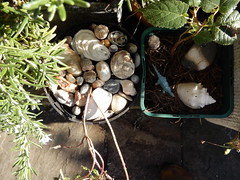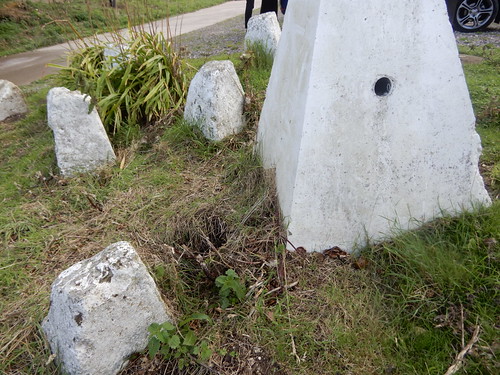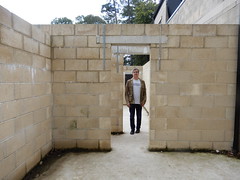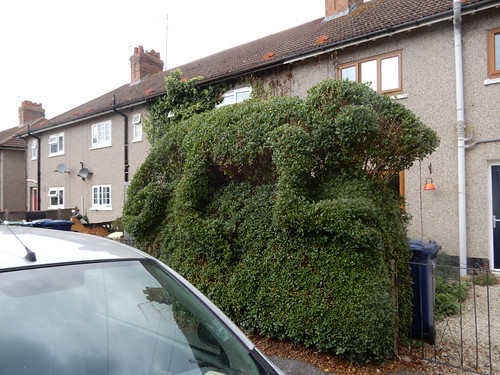When I started off up on my allotment, I'd take heavy bags of couch grass down to the tip. It was while I was tipping one of these enormously heavy piles of waste away that is occurred to me that I was removing biomass (and therefore fertility, topsoil and nitrogen) from my land.
So I progressed to making heaps of upended turfs of couch grass with the initial soil clearance, and drowning the couch grass in a trug for weeded shoots and volunteers. Periodically I'd discard the stinking mass into a disposal cylinder, and pour the water over a bed. Wherever I poured it, couch grass sprouted. It's no magic bullet, drowning and desiccating; couch grass can some back from both.
So then I started using weeds and turfs as a mulch, turning over the top layer of soil. This doesn't really work either, but as you steadily compress the biomass down you can push the weeds into small barriers, and open up planting beds in between.
Nothing leaves the allotment now. It's all to be fed back in.
As is so often the case, things began to drift back down from the allotment into my back garden. Refreshing and hacking back my herbs, I found a lot of waste woody growth. In earlier days, I might have loaded it into a sack or two for the tip. This year I ended up experimenting with twig mulches:




Rocks go to planters. Twiggy growth back to my bug-pile behind the compost bin. I haven't figured out how to use everything yet. What to do with ivy trimmings? Blue Douglas? Cherry Laurel? But I will get there, and in the future, nothig will end up at the tip.
So I progressed to making heaps of upended turfs of couch grass with the initial soil clearance, and drowning the couch grass in a trug for weeded shoots and volunteers. Periodically I'd discard the stinking mass into a disposal cylinder, and pour the water over a bed. Wherever I poured it, couch grass sprouted. It's no magic bullet, drowning and desiccating; couch grass can some back from both.
So then I started using weeds and turfs as a mulch, turning over the top layer of soil. This doesn't really work either, but as you steadily compress the biomass down you can push the weeds into small barriers, and open up planting beds in between.
Nothing leaves the allotment now. It's all to be fed back in.
As is so often the case, things began to drift back down from the allotment into my back garden. Refreshing and hacking back my herbs, I found a lot of waste woody growth. In earlier days, I might have loaded it into a sack or two for the tip. This year I ended up experimenting with twig mulches:




Rocks go to planters. Twiggy growth back to my bug-pile behind the compost bin. I haven't figured out how to use everything yet. What to do with ivy trimmings? Blue Douglas? Cherry Laurel? But I will get there, and in the future, nothig will end up at the tip.










































